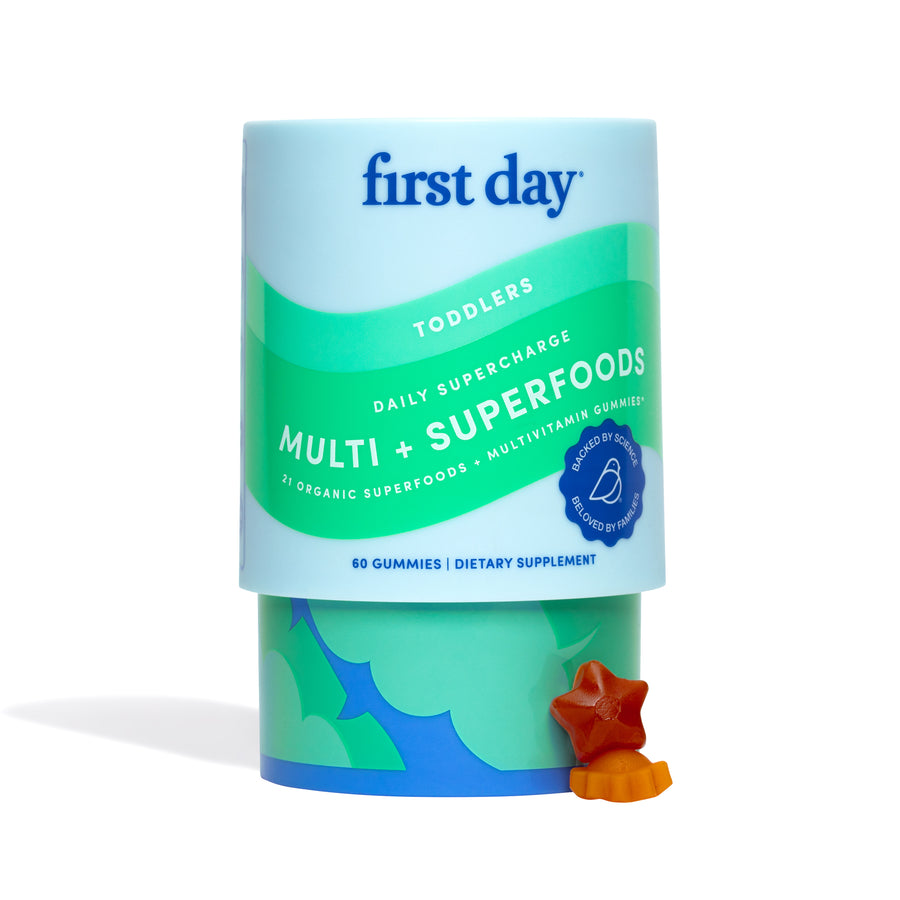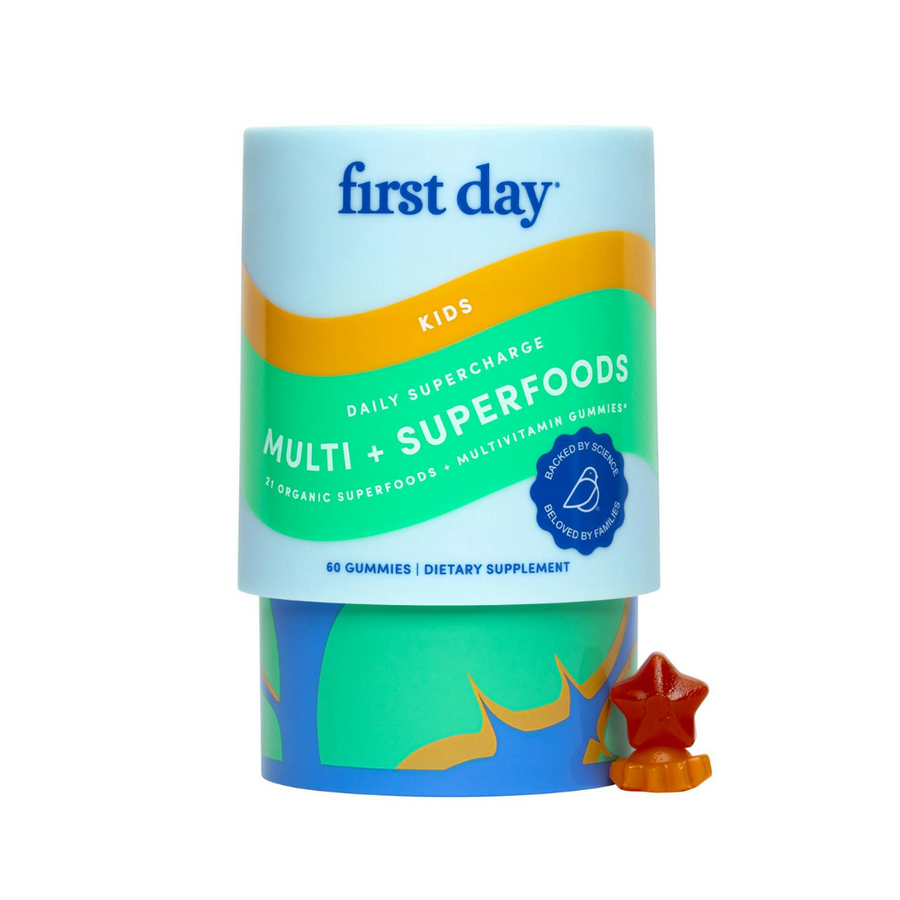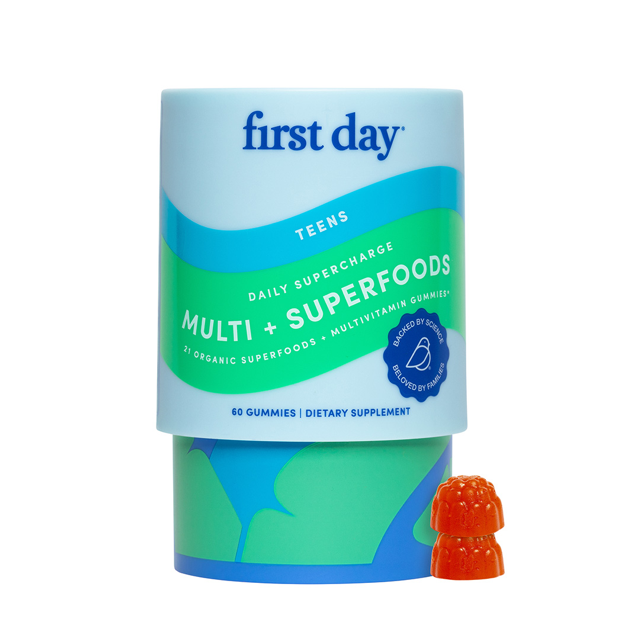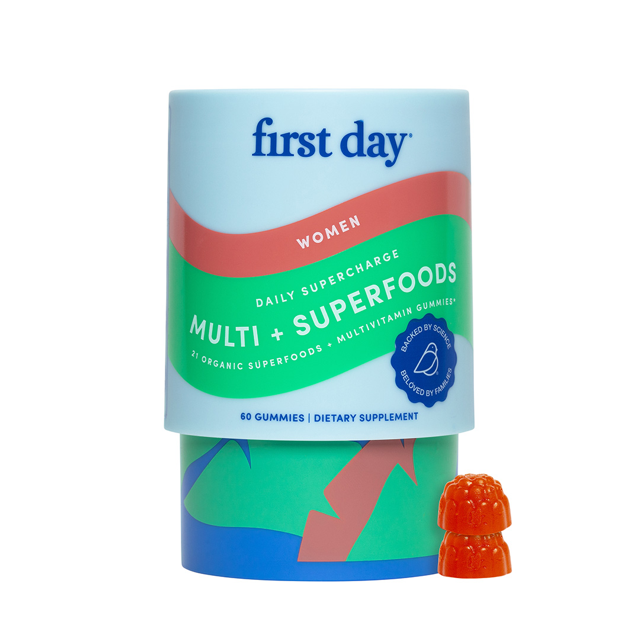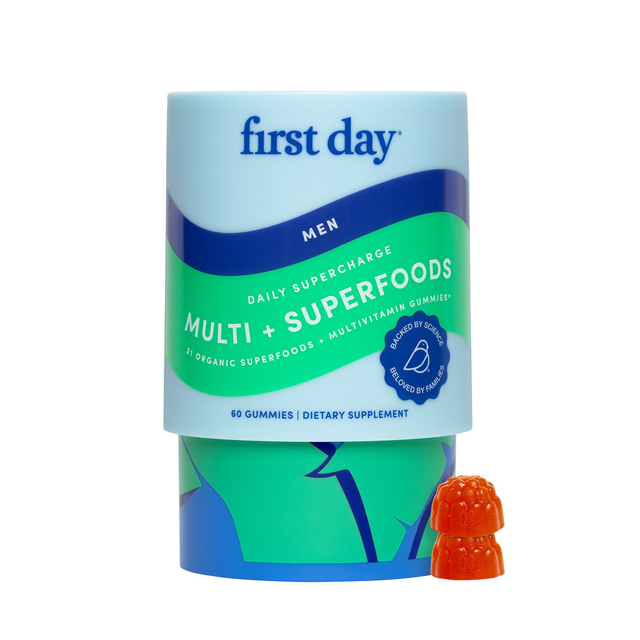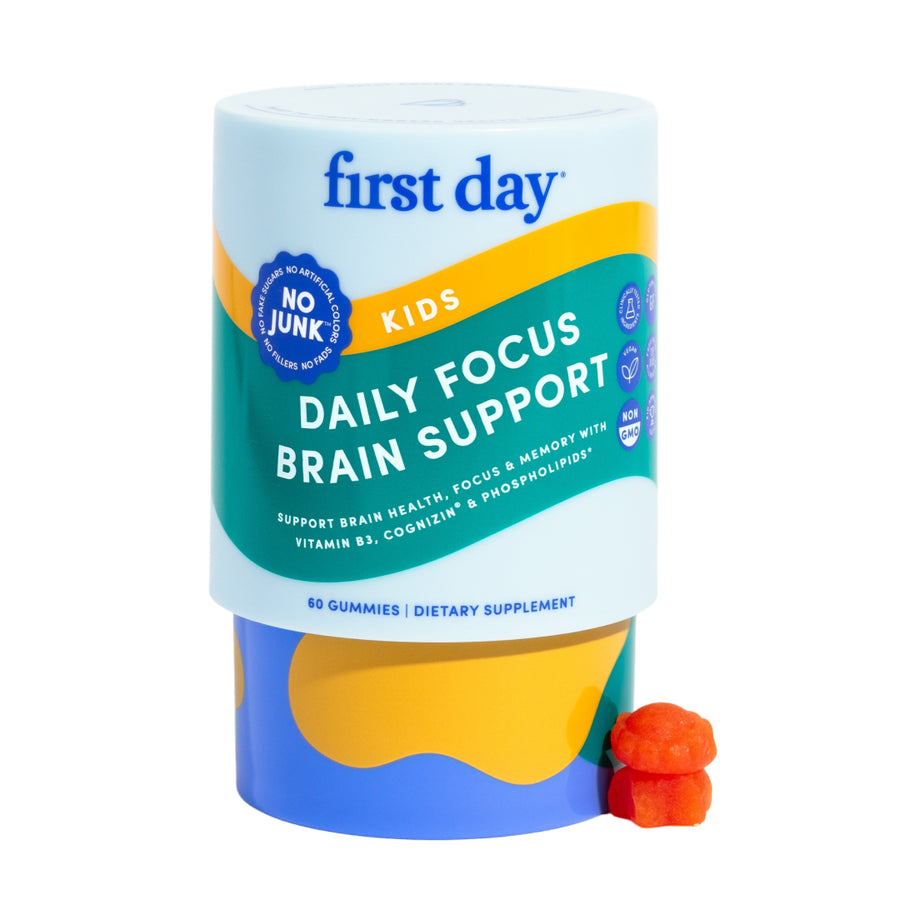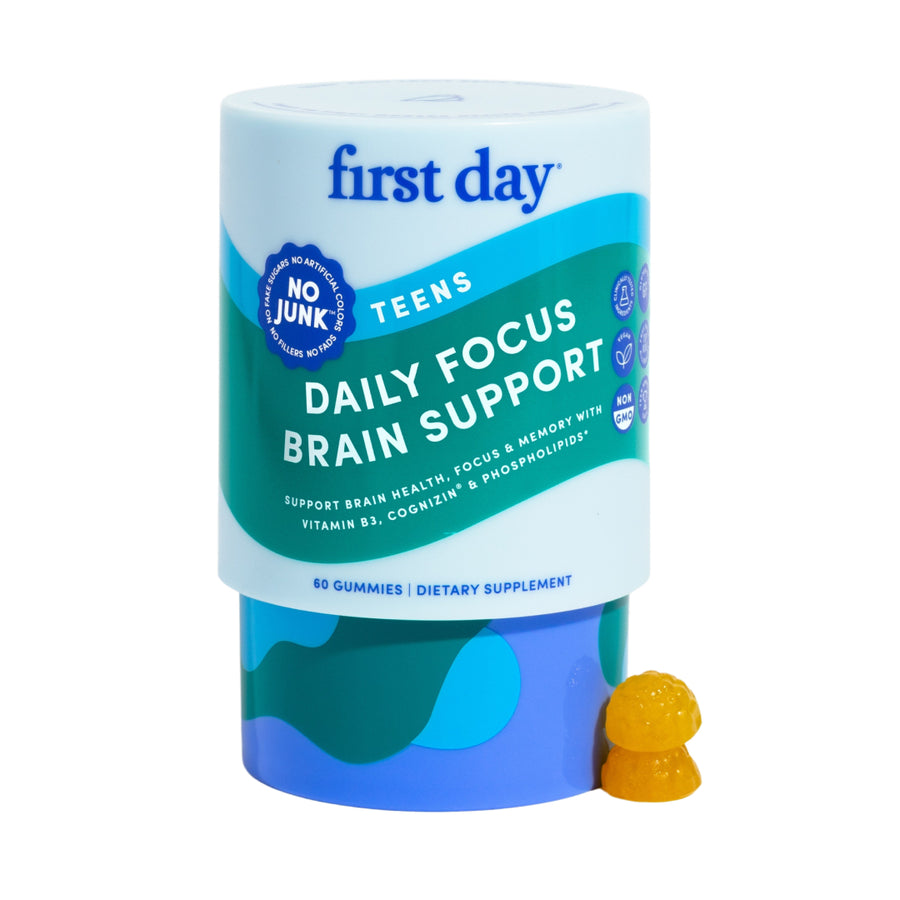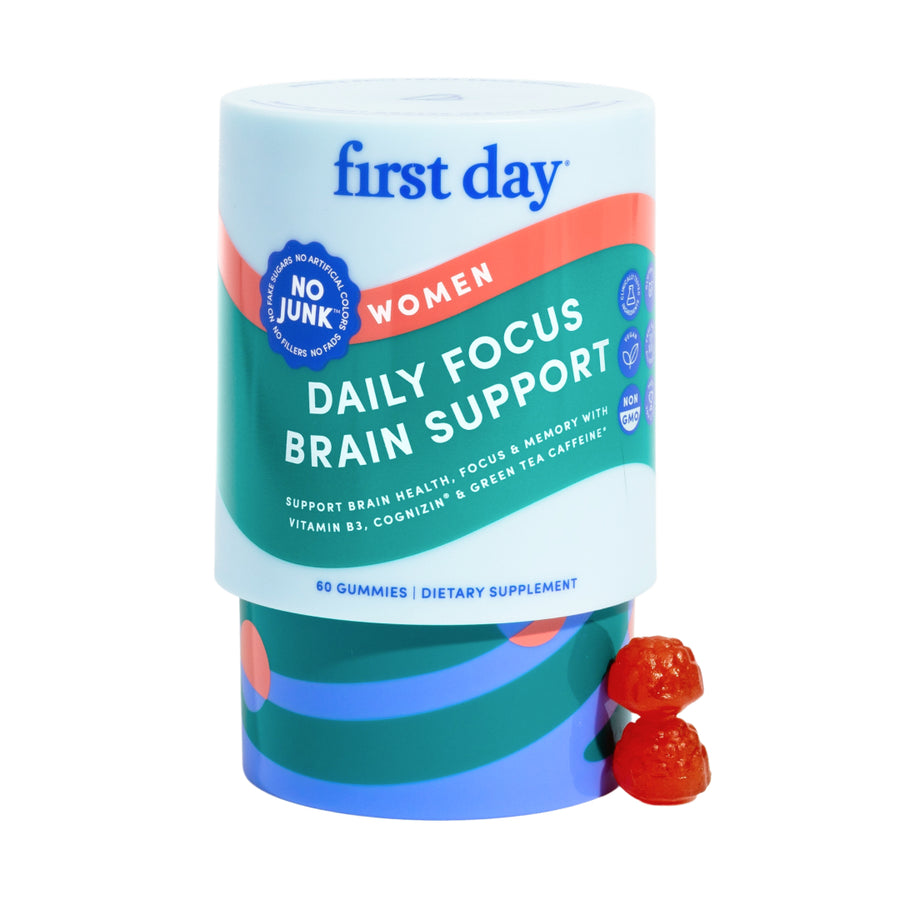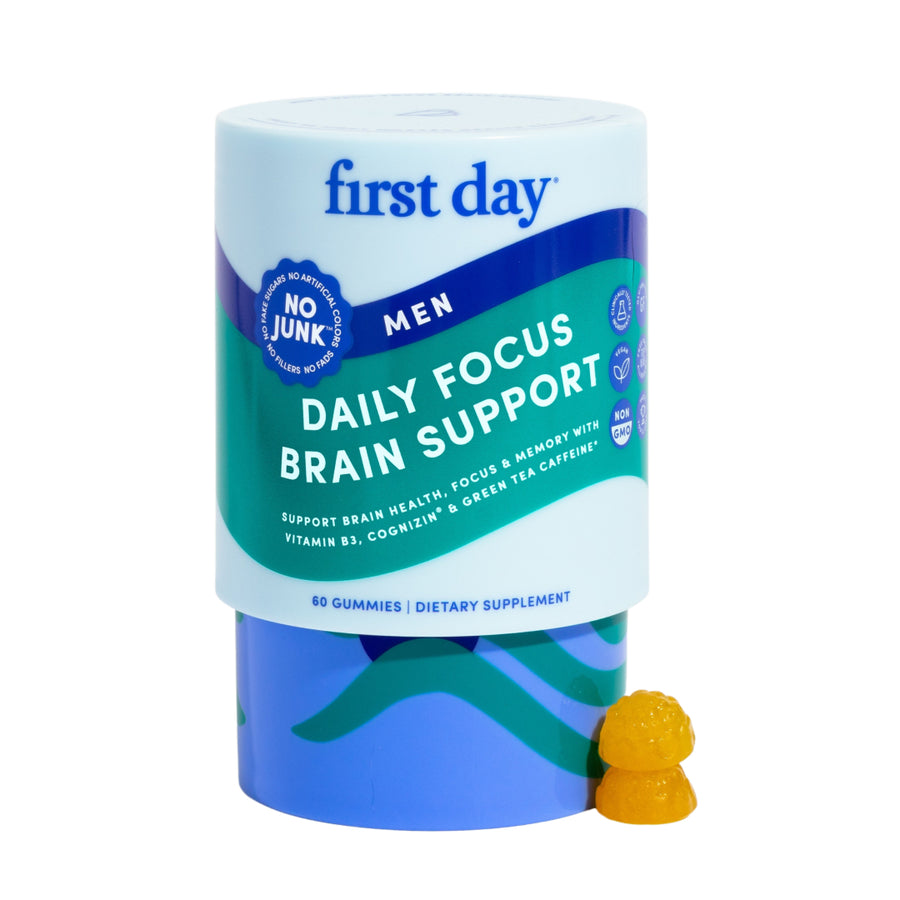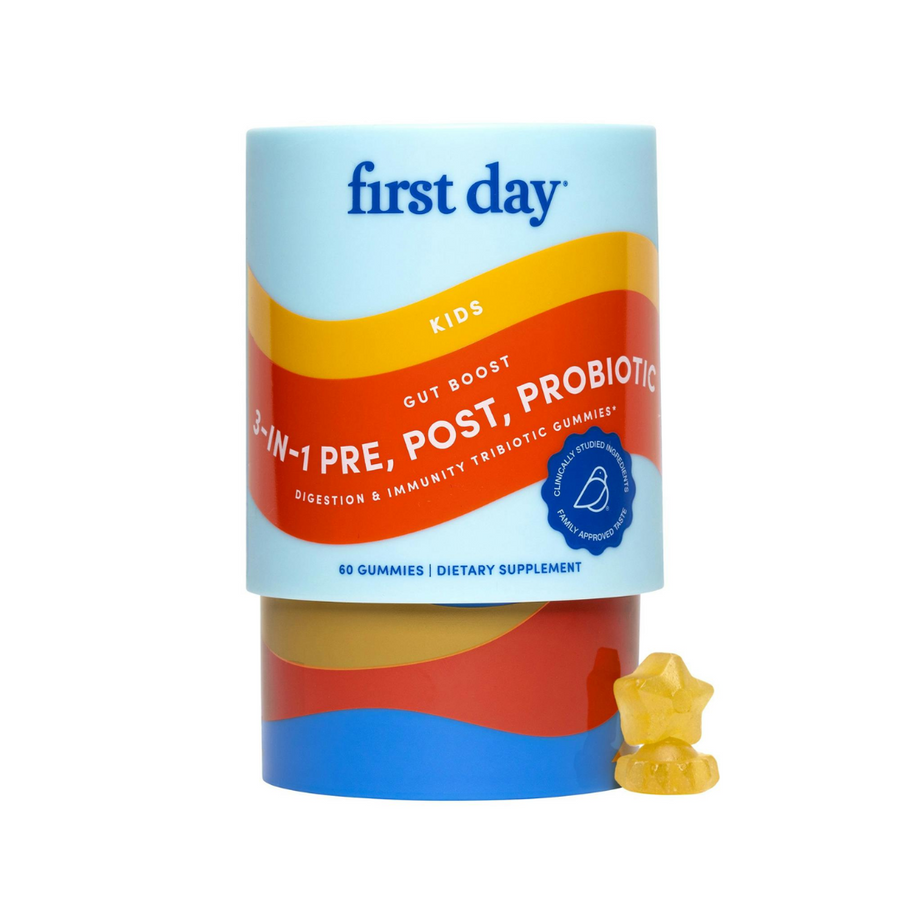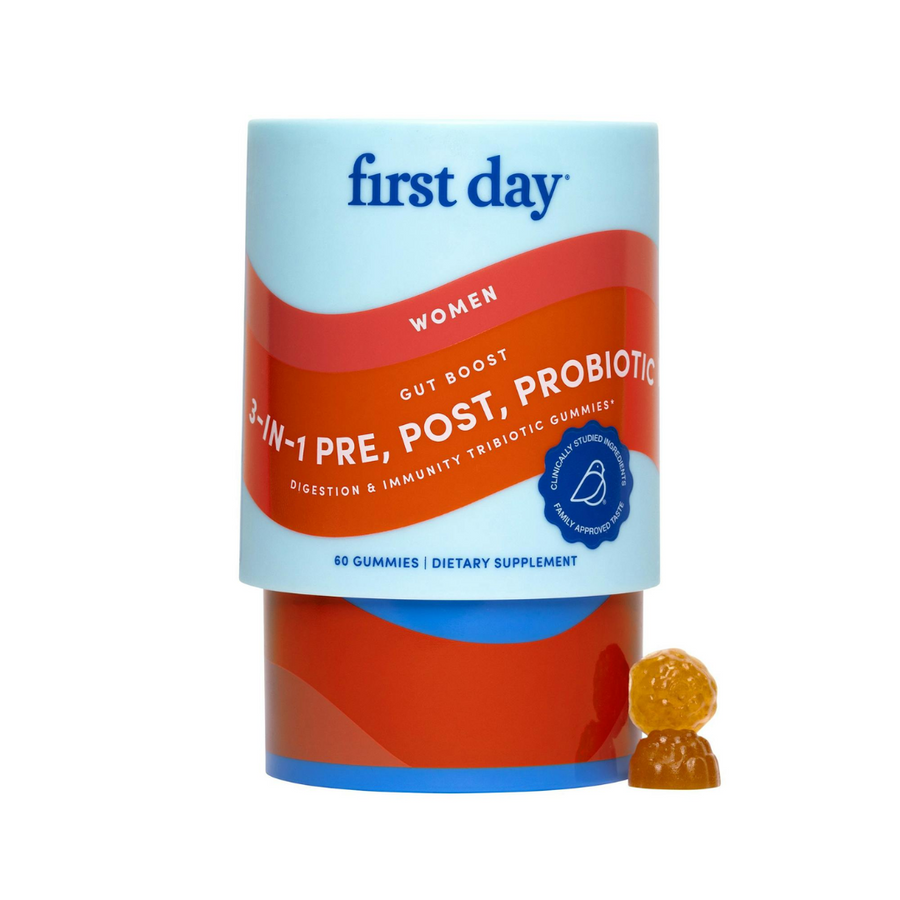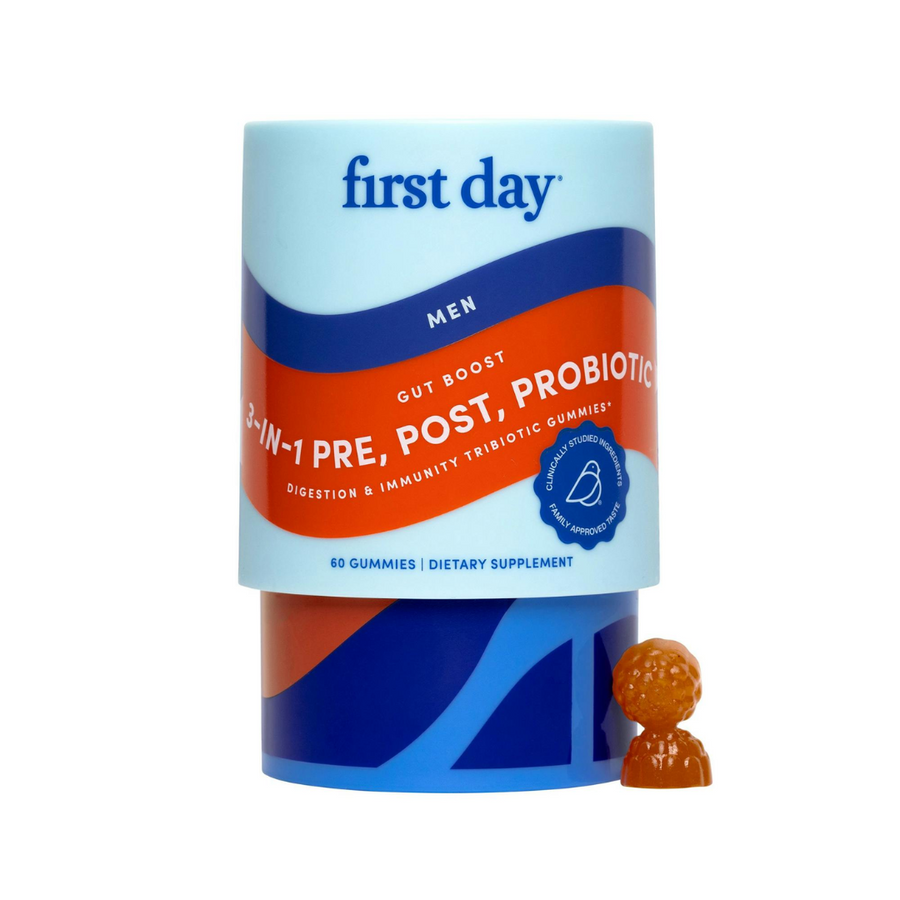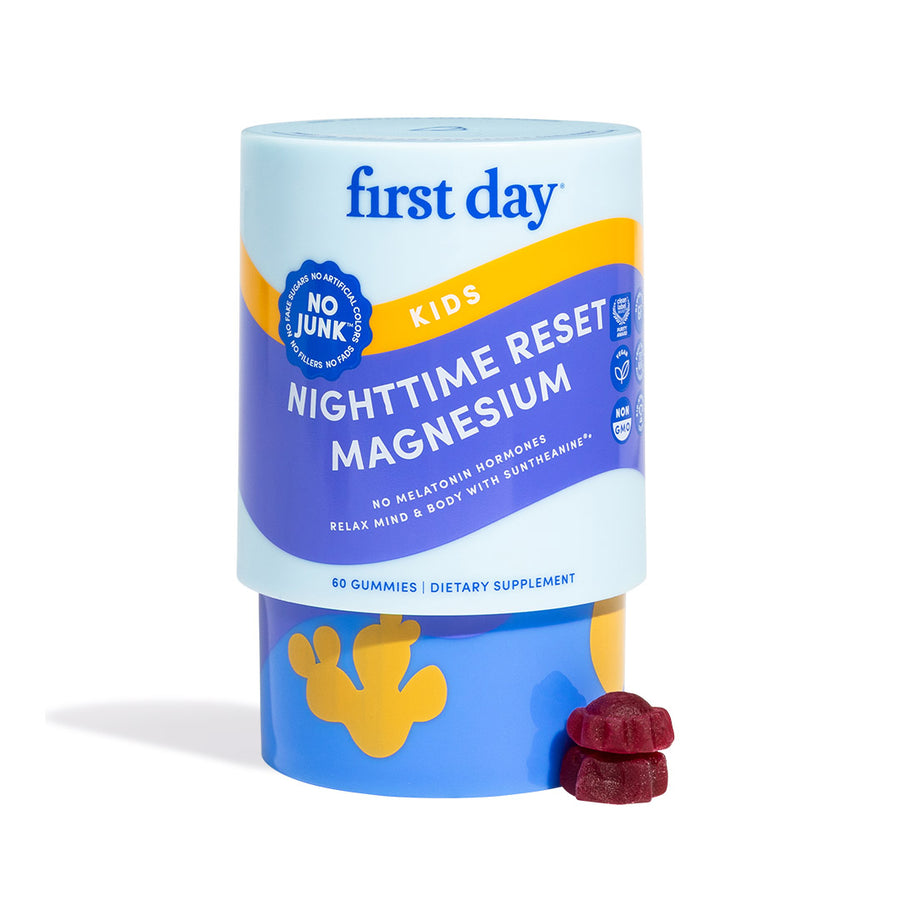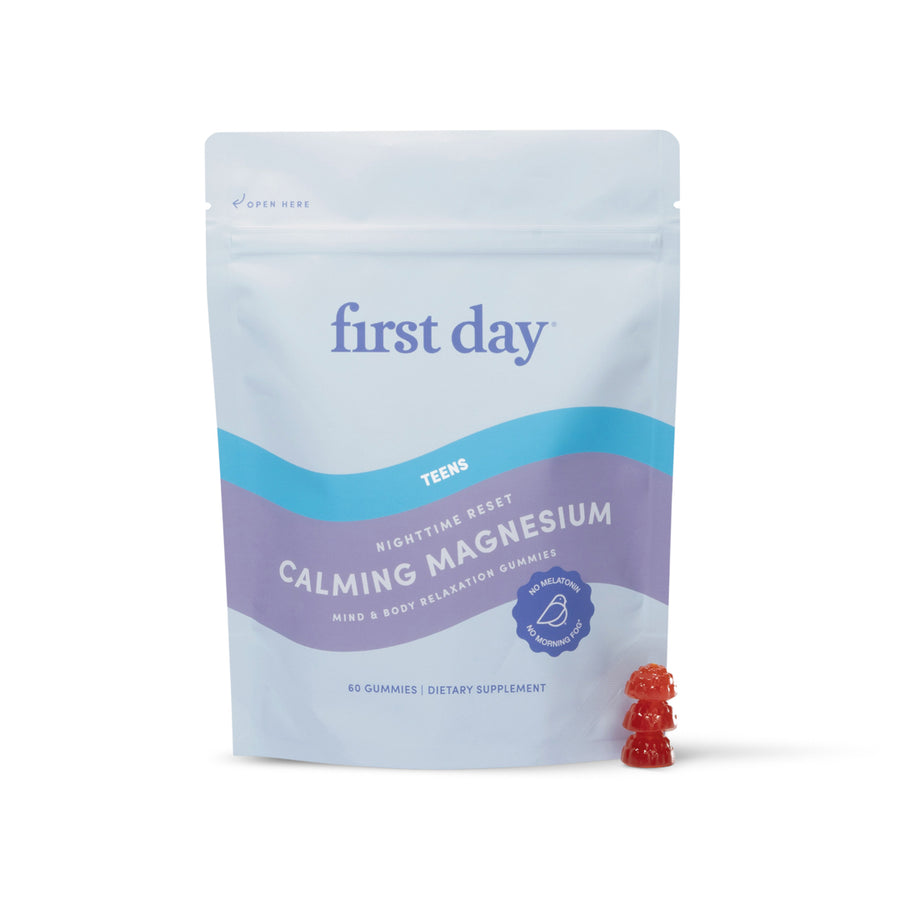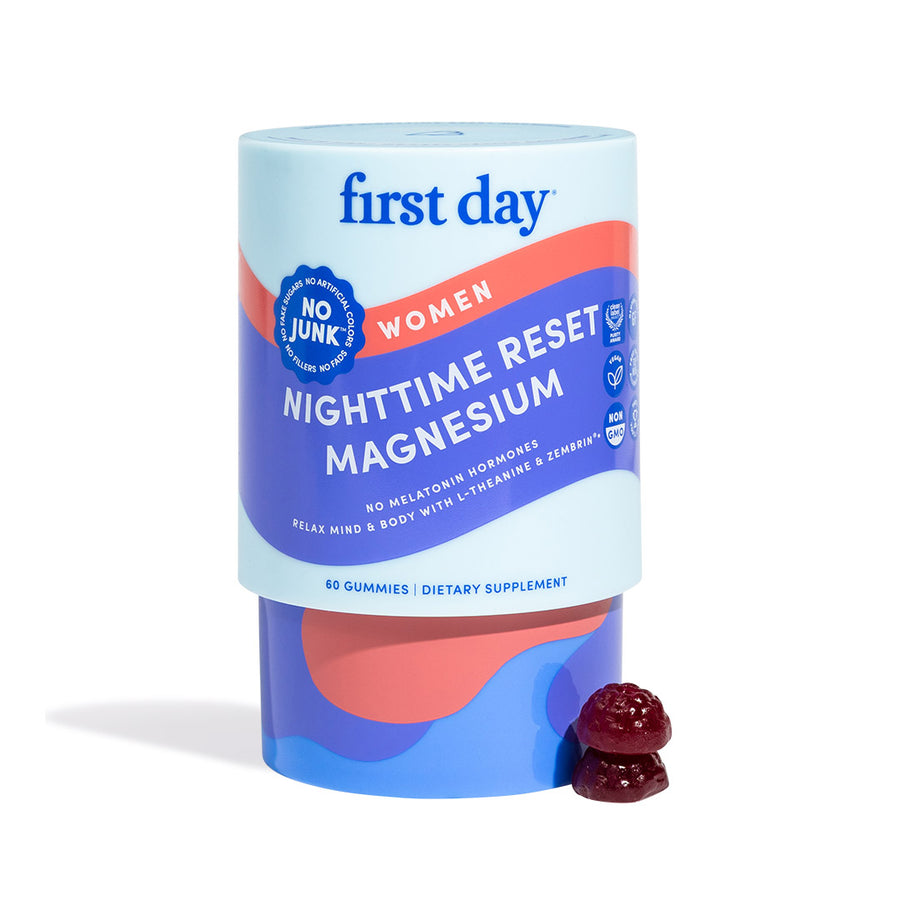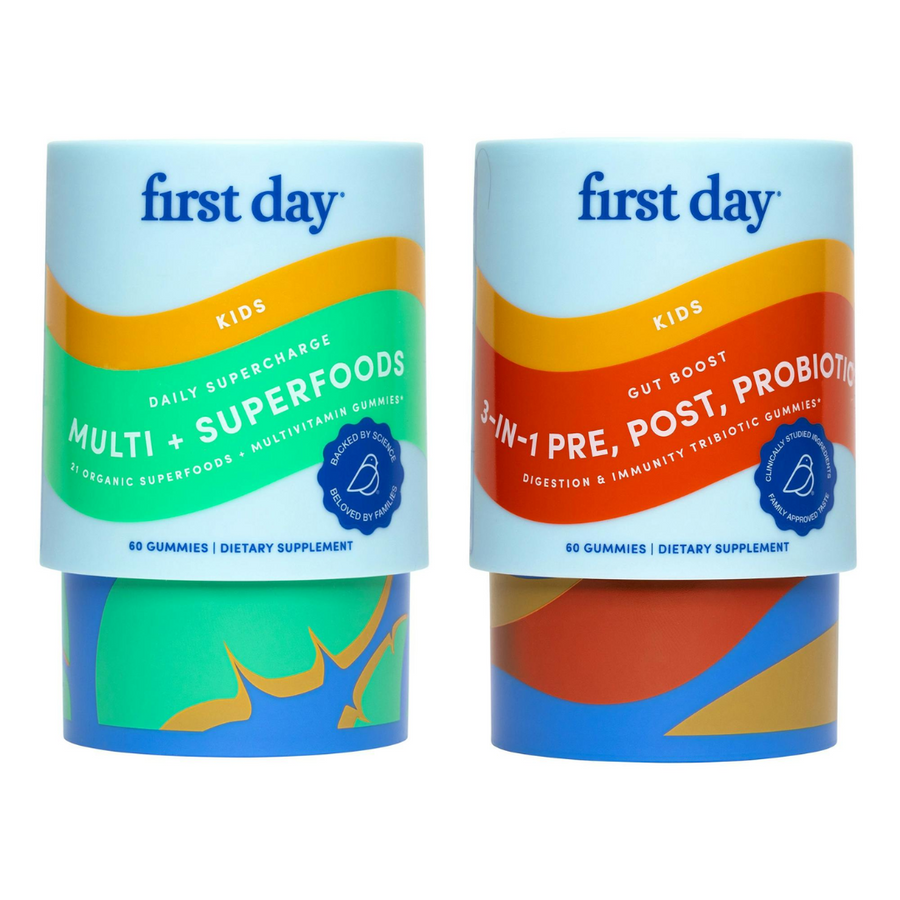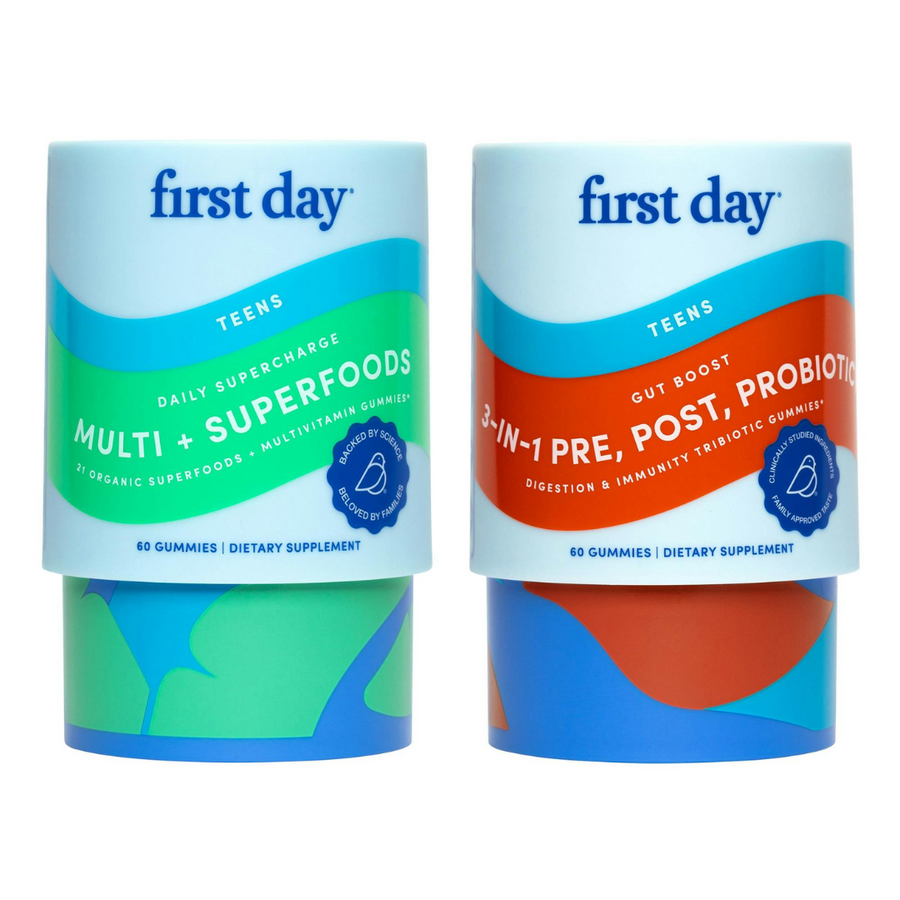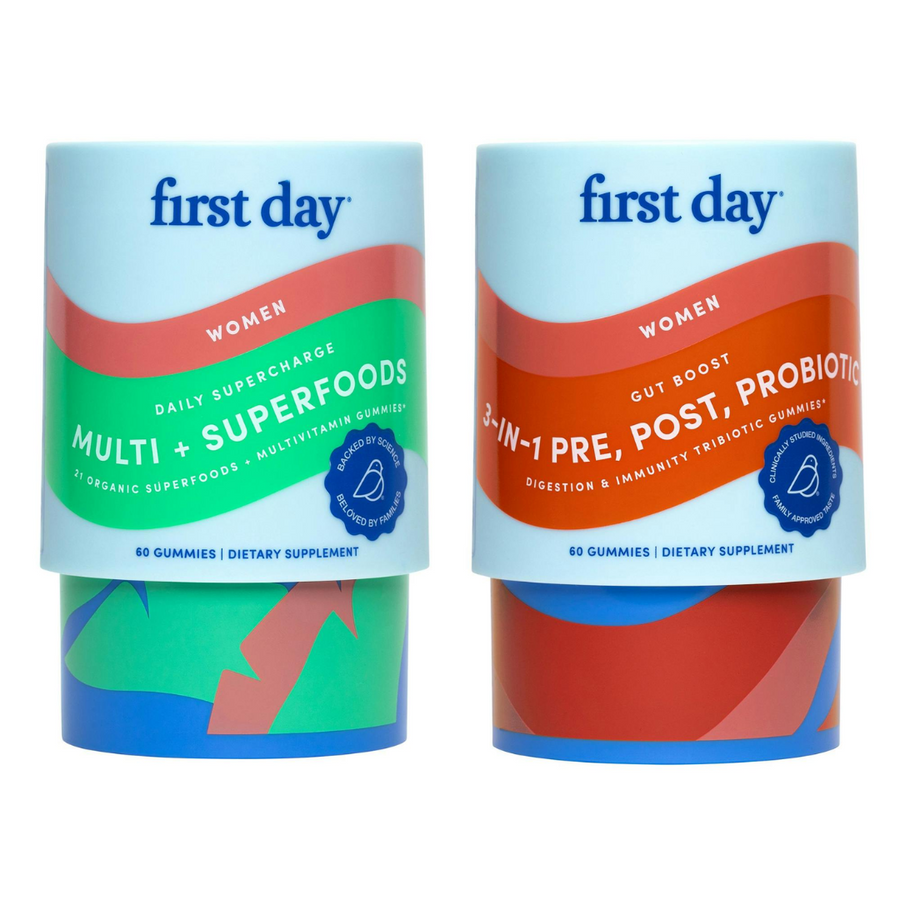Healthy joints make it possible for us to run, jump, twist, turn and move freely. In fact, they're catalysts for us to enjoy life continuously.
If you're like most people, you don't think much about joint health until they start to hurt. However, our joints deserve a lot more attention long before they could cause discomfort. Healthy aging is all about maintaining that healthy lifestyle you developed. Sometimes we might need a little extra boost which is where supplements for joint pain might be helpful to stay active and pain free.

What Exactly Are Joints
Before we dive deeper into how to keep your joints healthy, it's best to learn more about the science behind them.
The bones of our body are held together by joints, which are made up of ligaments, muscles, and other tissues for strength. It's where two or more bones are joined together. Consider them as your body's most hardworking hinges instrumental in muscle, tissue, and bone health.
Our bones have a layer of smooth, white tissue called articular cartilage. This tissue helps distribute pressure throughout the body and allows for smooth sliding whenever we move. That being said, one of the most critical components of preventing joint pain is to safeguard this tissue from wear and tear as early as possible.

What Causes Joint Pain?
Joint discomfort can be caused by various factors and can hit one or different kinds of joints. Despite how young or old you are, the causes may differ depending on your age or specific health conditions.
Some causes of joint pain may be obvious, like coming from a sports injury. Other times, these causes may need to be looked at by a physical therapist who can then help relieve joint pain.
Remember: Arthritis affects not only older people. It could also occur among young ones too.

Some of the Most Common Causes of Joint Discomfort Are:
-
Juvenile arthritis - a common type of arthritis among children under the age of 16
-
Osteoarthritis - a form of arthritis caused by the wear and tear of the joint wherein the surface cartilage in the joints breaks down
-
Rheumatoid arthritis - one that increases inflammation and swelling of the joints
-
Gout - arthritis caused by the buildup of uric acid crystals
-
Different kinds of infection - infections on the bone or joint or Lyme disease are also leading causes of joint pain
-
Vitamin D deficiency - when this is severe, joint discomfort can be a symptom

What's the Difference in Overall Joint Health Between Men and Women?
Good joint health between men and women is mainly addressed differently. For one, women are more prone to joint injury, knee pain, and arthritis symptoms. Women's immune system may be more robust than men's. However, a supercharged immune system attacks joints sometimes. This could result in women becoming more prone to autoimmune diseases such as rheumatoid arthritis and lupus.
Other studies show that obesity is a significant risk factor for osteoarthritis. Weight gain during menopause can also put a strain on one's joints. Furthermore, hormones also cause women's ligaments to be more flexible, resulting in weaker joint support during menstruation.
What to Do to Keep Your Joints Healthy?
Healthy joints make for strong bones, strong muscles, and a much fuller and happier life.
You will need to know how to fight inflammation and be proactive in preventing wear and tear if you want your joints to function at their best. You can read more in our guide to self-care for older adults, but here seven simple tips to get you started.
-
Maintain a Healthy Weight
Being overweight places extra strain on your weight-bearing joints like your knees, hip, back, and ankles. The key is to maintain a healthy weight, so it won't be hard for the joints to move your body around.
It's crucial for you to shed the excess weight through training and exercise. You can start by eating a healthy, well-balanced diet. In particular, prioritizing foods that have anti-inflammatory properties will help strengthen your body's connective tissues.

-
Eat a Healthy Diet
Healthy eating is key to healthy joints. It's also significant in weight loss if you are keen to remove those extra pounds.
For one, Vitamin D plays an integral role in ensuring your joints are at their optimum shape. Apart from basking in the sun as much as possible, switching processed foods with fortified foods help make a big difference. While you're at it, eat more oily fish like salmon and mackerel in addition to any daily fish oil supplement you may be taking. "A healthy diet is the first step towards success," says Naheed Ali, MD, PhD, of HealthcarePropulsion.com.
Getting into a Mediterranean diet is also one approach to consider. This diet is made up of whole grains like barley, brown rice, and whole-wheat bread. Refined grains can trigger an inflammatory response, while whole grains help reduce inflammation. Furthermore, you'll need to consume healthy fats from olive oil, vegetable oil, peanut oil, and a vast array of fruits and vegetables.
A balanced diet to maintain good joints includes protein from lean meats, seafood, eggs, beans, and nuts. These foods contain essential minerals that help promote better joints and prevent joint injury. Plus, eating more of these foods can also help reduce the risk of inflammation.
Part of eating a well-balanced diet also means you must lessen or eliminate your consumption of foods high in cholesterol and saturated fats.

-
Do Low Impact Exercises
Having an exercise routine is a must to keep one's joints healthy and counteract inflammation. One way to get started is by doing a low-impact exercise. Swimming, walking, golfing, and cycling are low-impact exercises that minimize the stress on your joints.
-
Avoid High Impact Exercises as You Age
Exercise helps prevent bad joints and other conditions like heart disease. While moving does good for your body, you need to remember to exercise with your age in mind.
High impact training like step aerobics or strength training can do more harm than good. Also, talk to your physical therapist, as they are better equipped to make professional medical advice.

-
Strengthen Your Muscles
Part of empowering your joints is to build muscles. For one, strengthening exercises are vital in maintaining good muscles, which support your joints and help prevent wear and tear.
Weight training is one regimen you can get into. Just remember to pace yourself slowly.
-
Wear Proper Protective Equipment
Whenever you exercise, wear protective equipment to avoid injuring your joints. Keep in mind that early knee injuries can lead to osteoarthritis when you get older.
It's also essential to stretch and warm-up before your training. If you have any concerns about your health, seek advice from your healthcare provider or physical therapist.
-
Take Supplements
There are times when we're unable to exercise as regularly as we want or eat a well-balanced diet everyday. This is where supplements come in handy. They act as a safety net in ensuring your body gets essential minerals and vitamins for healthier joints.

Love Your Joints as Early as Now!
On top of exercising and eating a healthy diet, it's best to tick off all the boxes for healthy joints you'll need for a full and long life.
"You always have an alternative. No excuses. Choose your health today." according to Dr. Ali.
First Day's Daily Flex Joint Support helps fight off aches and pains in your joints. Plus, they come with four clinically-backed ingredients that help prevent inflammation and help you move better.
Dr. Naheed Ali, MD, PhD

Naheed Ali, MD, PhD, is a physician by education and a writer by choice since 2005. He earned an MD degree in 2008 and later completed Harvard Medical School's lifestyle medicine training in 2012, before obtaining a PhD in holistic health elsewhere in 2013. He brings more than 15 years of experience working in a remote environment and has more than 15 years of health-related publications to his credit.
For years, he taught at colleges in the US where he lectured on various biomedical topics and delivered over 2000 hours of live presentations. He is also the author of numerous health titles from major New York publishers and his books have sold more than 20,000 hardcover copies worldwide. Now a digital nomad, he’s currently a health and wellness writer for hire. His online home is HealthcarePropulsion.com.

